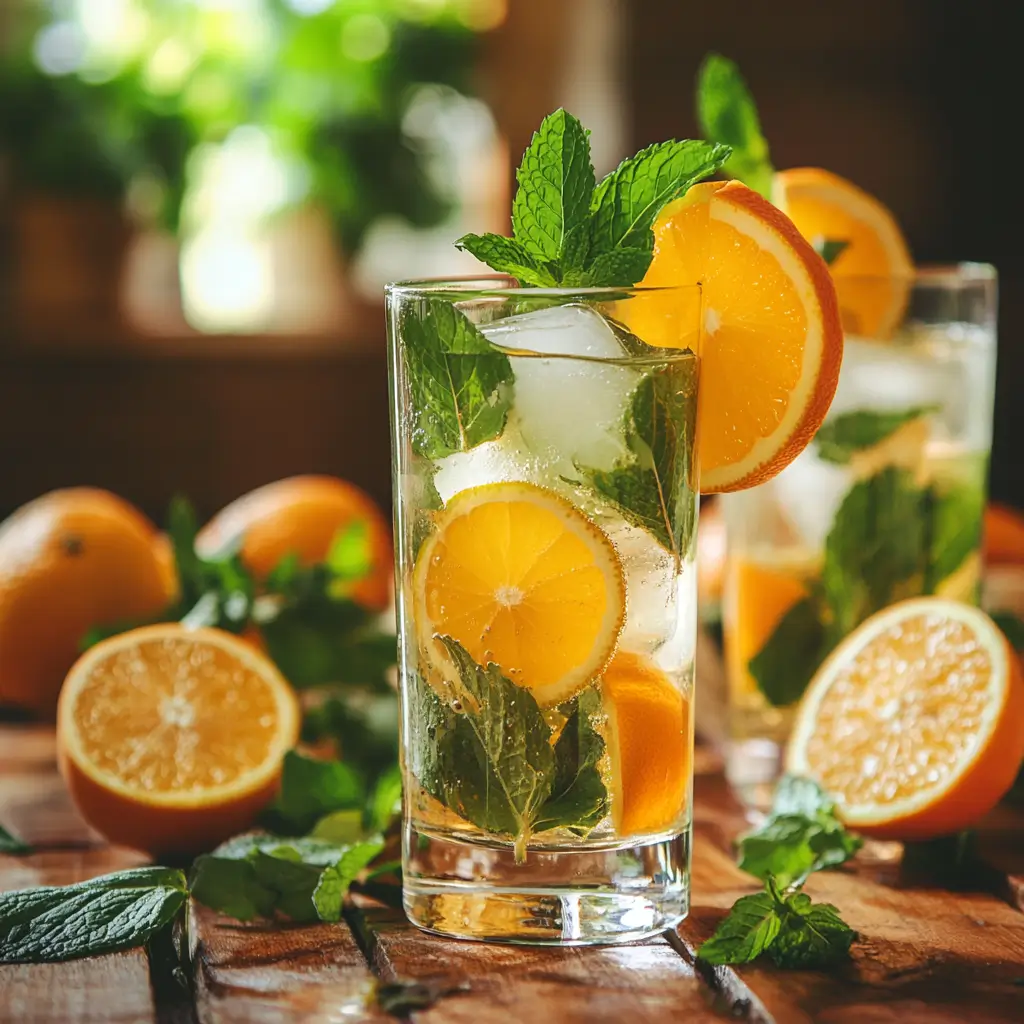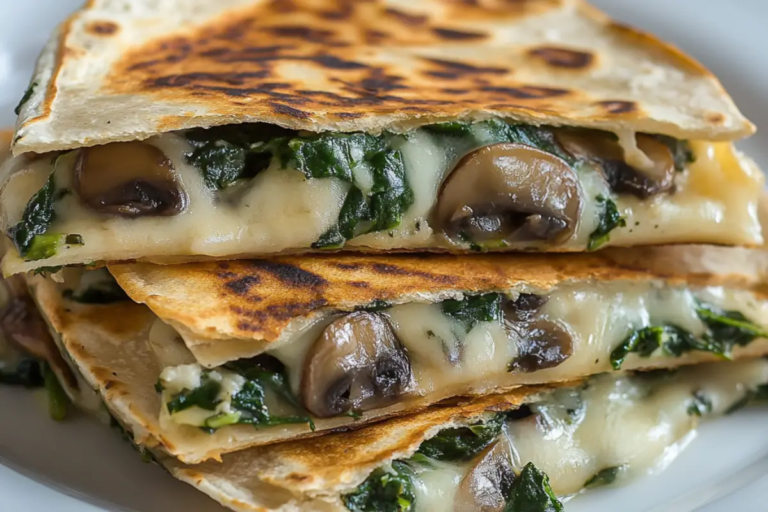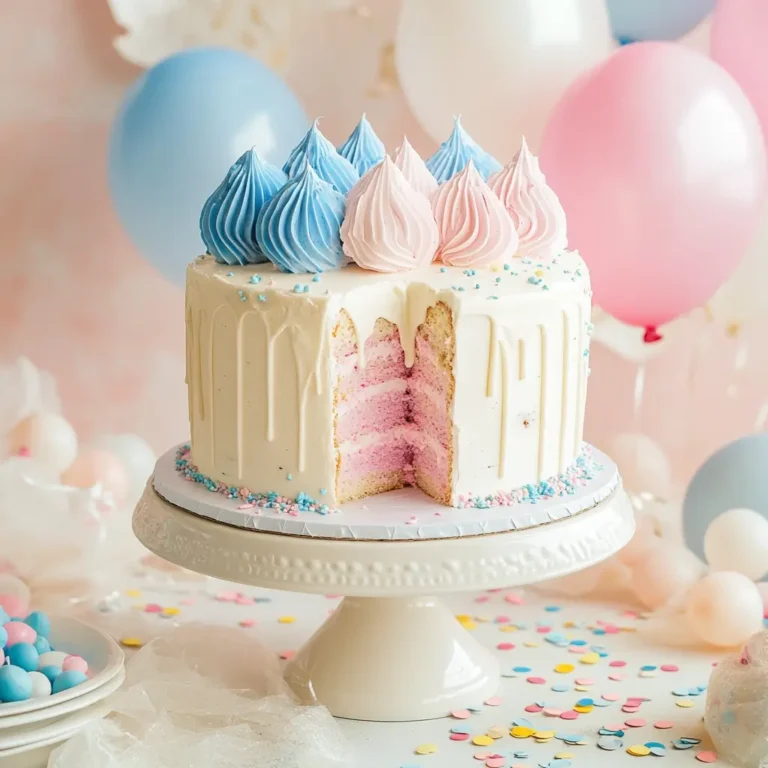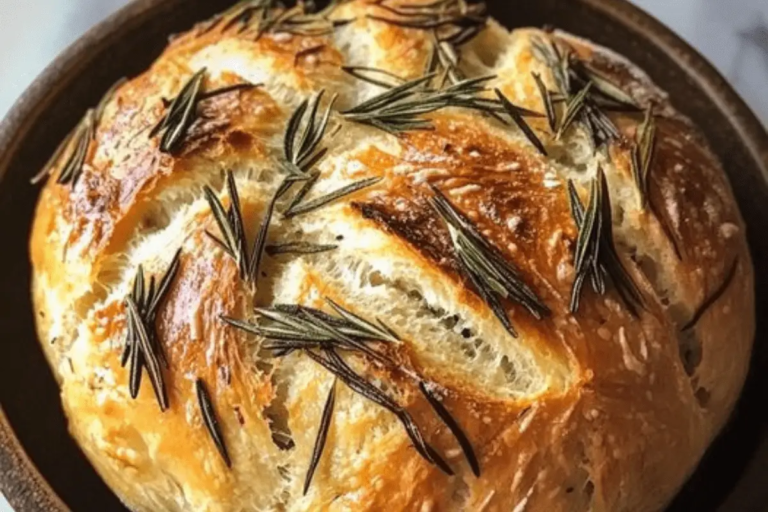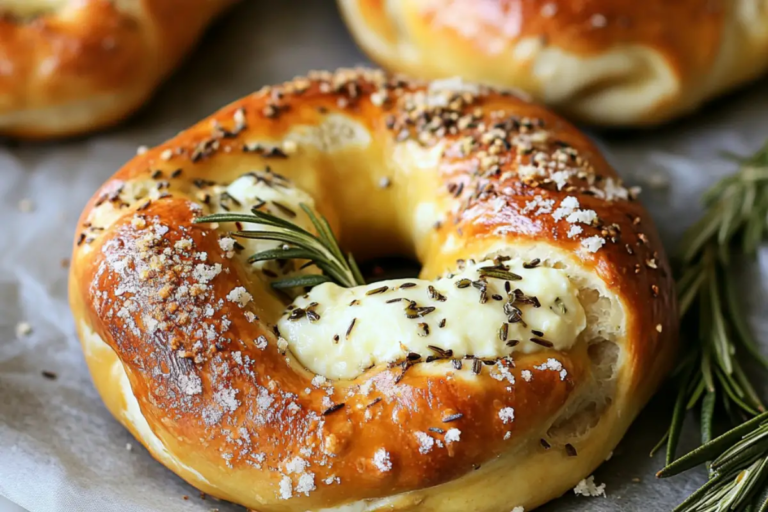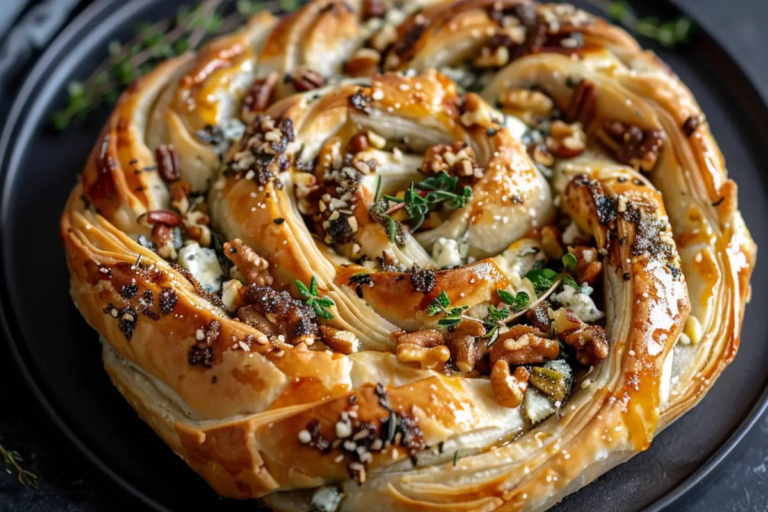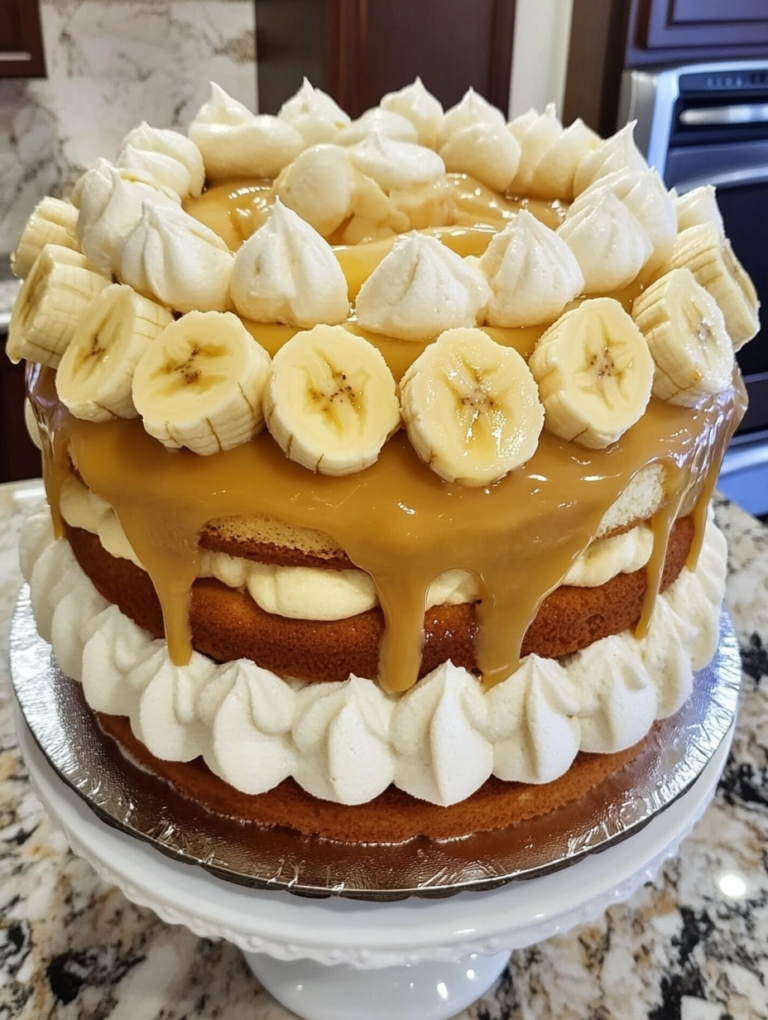Herbal Cordial Recipe: Refreshing Non-Alcoholic Drink
Herbal cordials are refreshing, flavorful drinks made by infusing herbs with water and natural sweeteners. These non-alcoholic versions offer a healthy, soothing alternative to sugary sodas and alcohol-based liqueurs. In this article, we’ll guide you through the entire process of creating your own herbal cordial recipe. Whether you’re looking for a calming drink to unwind after a long day or a revitalizing refreshment to serve guests, you’ll find everything you need to know about crafting the perfect herbal cordial.
We’ll start with an introduction to what herbal cordials are, the ingredients you’ll need, and how to make them. From there, we’ll dive into different types of herbal cordials, serving tips, and how to store them for later enjoyment. So, let’s get started and explore the wonderful world of non-alcoholic herbal cordials.
Introduction to Herbal Cordials
What is a Non-Alcoholic Herbal Cordial?
A herbal cordial recipe is essentially a concentrated herbal beverage made by infusing fresh or dried herbs into water and sweetening the mixture to create a flavorful, aromatic drink. Unlike their alcoholic counterparts, non-alcoholic herbal cordials are made without any spirits or liquor. This makes them a great option for those who prefer alcohol-free beverages or want a healthier, more natural option to commercial sodas and sweetened drinks.
Herbal cordials have been used for centuries as both a tasty treat and a way to extract the beneficial properties of herbs. Whether you’re looking for a soothing chamomile cordial to help you relax or a refreshing mint and citrus blend to cool you off on a hot day, herbal cordials provide a great way to enjoy the natural benefits of plants in a delicious, easy-to-make drink.
Benefits of Herbal Cordials
Besides their delightful flavors, herbal cordials come with a variety of health benefits. Many herbs, like chamomile, lavender, and elderflower, are known for their calming and soothing properties. These herbs are often used in teas and tonics to reduce stress and promote relaxation, making them perfect for a night in or a quiet afternoon break.
Furthermore, by using natural sweeteners such as honey, agave, or maple syrup, you can avoid the artificial sugars found in most soft drinks, making herbal cordials a healthier choice. Not only are they a refreshing option for the body, but they can also be a lovely way to experiment with different herbal flavors, adding variety and creativity to your drink-making routine.
With that said, let’s dive into the ingredients you’ll need to make your own herbal cordial recipe!
Ingredients for Non-Alcoholic Herbal Cordial Recipes
Essential Herbs for Herbal Cordials
When crafting a herbal cordial recipe, choosing the right herbs is essential to creating a drink that’s both flavorful and beneficial. You’ll want herbs that not only taste great but also offer health benefits. For example, elderflower is a popular choice, known for its light, floral taste and immune-boosting properties. Chamomile is another favorite, often used for its calming and sleep-inducing qualities. Peppermint is refreshing, perfect for a cooling summer drink, while lavender can add a relaxing, aromatic touch.
In addition to these herbs, you could also experiment with lemongrass, rosemary, or ginger, depending on the flavors you enjoy. Keep in mind that the key to a great herbal cordial recipe is balance. If you’re looking for a more floral note, elderflower or lavender works well. For a more refreshing kick, peppermint or lemon balm would be ideal.
Natural Sweeteners for Cordials
A crucial aspect of a herbal cordial recipe is the sweetener you choose. Since we’re avoiding alcohol, you’ll need something to balance out the herbal flavors. Natural sweeteners like honey, maple syrup, and agave are excellent choices. Honey adds a warm, smooth sweetness that complements many herbs, while maple syrup can lend a richer, earthier taste. Agave, on the other hand, has a lighter sweetness that won’t overpower the herbs.
Sweeteners not only enhance the flavor but also help in preserving the cordial. So, don’t be afraid to experiment with different options to find the one that best suits your taste. For a healthier alternative, you could even try stevia or coconut sugar for a low-glycemic option.
Additional Flavorings for Cordials
Once you have your herbs and sweetener, it’s time to think about additional flavorings to enhance your herbal cordial recipe. Citrus peels, like lemon or orange, can add a zesty kick, making your cordial even more refreshing. Spices such as cinnamon, cloves, or ginger can add depth and warmth, perfect for cozy winter beverages. Don’t forget about vanilla or rose water, which can provide a subtle but delightful aroma.
How to Prepare Non-Alcoholic Herbal Cordials: Step-by-Step
Step 1: Selecting the Right Herbs
Before you start, it’s important to select the herbs for your herbal cordial recipe carefully. Think about the flavors you like and the benefits you want to achieve. If you want a soothing, calming drink, chamomile and lavender are great choices. On the other hand, if you’re looking for something refreshing, consider peppermint or lemongrass.
Once you’ve chosen your herbs, you’ll need to gather them. Fresh herbs are always the best option, but dried herbs work well too, especially if they’re more concentrated. Depending on the size of your batch, you’ll want to gather a generous handful of fresh herbs or a couple of tablespoons of dried herbs.
Step 2: Preparing the Herbal Mixture
Now that you have your herbs, it’s time to prepare them for infusion. Start by gently rinsing the fresh herbs to remove any dirt or bugs. Then, roughly chop them to release their natural oils. If you’re using dried herbs, simply measure out the correct amount.
Place the herbs in a large jar or pot, and pour boiling water over them, making sure the herbs are fully submerged. Cover the jar or pot and let it steep for anywhere between 30 minutes to an hour, depending on how strong you want the flavor to be. The longer you steep, the stronger the flavor.
Step 3: Steeping the Herbal Blend
After the herbs have steeped, it’s time to strain the liquid. You can use a fine mesh strainer or cheesecloth to separate the herbs from the infused liquid. Be sure to press the herbs gently to release any remaining liquid, as this is where the flavor lies. The resulting herbal infusion should be rich in color and full of aromatic fragrance.
Step 4: Straining and Sweetening the Cordial
Once you’ve strained your herbal infusion, it’s time to add the sweetener. You can start by adding a small amount of honey, maple syrup, or agave to the warm infusion, stirring to ensure it dissolves. Taste your mixture and adjust the sweetness according to your preference.
The final step is to pour the herbal cordial recipe into a clean bottle or jar. Make sure it’s tightly sealed and placed in the refrigerator for storage. You can store it for up to two weeks.
Different Types of Non-Alcoholic Herbal Cordial Recipe
Classic Herbal Cordials
Some herbal cordials have stood the test of time, offering classic flavors that never go out of style. A herbal cordial recipe that uses elderflower is one such example. Elderflower cordial is known for its delicate, sweet, and floral flavor. It’s perfect for summer and can be served cold with ice or added to sparkling water for a fizzy treat.
Another classic is chamomile cordial, which has a soothing, mild taste. It’s often enjoyed before bedtime due to its calming properties. To make chamomile cordial, simply steep chamomile flowers in hot water, add honey, and let it cool.
Creative Twists on Non-Alcoholic Cordials
On the other hand, you don’t have to stick with the classics. Herbal cordial recipes are versatile, and you can play with different flavors. For instance, adding a touch of lavender to your cordial not only changes the flavor but also adds a lovely floral aroma. You could even experiment with ginger, citrus peel, or mint to create a refreshing, zesty herbal drink.
For a truly unique twist, why not try hibiscus? This vibrant, tangy flower gives your cordial a bold red color and a tart flavor that pairs wonderfully with sweeteners like honey or agave.
Fruity Herbal Cordials
Lastly, you can create fruity herbal cordials by incorporating fresh fruits like lemons, berries, or apples into your infusion. Lemon balm and strawberries are a perfect pair for a summer cordial. To make this, simply add chopped strawberries and a handful of lemon balm to your herbal infusion before steeping. The result is a light, fruity drink that’s perfect for hot days.
Let’s keep the momentum going and move on to the next sections in the upcoming prompts!
How to Serve and Enjoy Non-Alcoholic Herbal Cordial Recipe

Best Ways to Serve Herbal Cordials
Once you’ve made your herbal cordial recipe, it’s time to think about how to serve it. You can enjoy these cordials in a variety of ways, making them versatile for different occasions. The most common way is to dilute the cordial with water or sparkling water. This creates a refreshing, lightly flavored drink that’s perfect for hot summer days. You can also serve the cordial over ice for an extra chill factor.
For a more decadent treat, try adding a splash of the cordial to a glass of lemonade or iced tea. This adds a unique herbal twist to your regular beverage and can be especially delightful when you’re entertaining guests. If you’re making a herbal cordial recipe for a special occasion, consider serving it in a fancy glass with a garnish of fresh herbs or citrus slices.
If you enjoy creating cocktails, you can even use your homemade herbal cordials in place of store-bought mixers. These non-alcoholic drinks can be combined with club soda or tonic water for a refreshing mocktail. The herbal flavors of the cordial will give your drinks an aromatic depth, providing a wonderful alternative to traditional cocktail mixers.
Garnishing Your Herbal Cordials
Adding a garnish to your herbal cordials isn’t just for aesthetics—it also enhances the flavor and adds an extra touch of class. Depending on the herbal flavors of your cordial, a simple garnish can make all the difference. For example, if your cordial is made from mint, a fresh mint sprig will elevate the experience. If you’re serving a lavender cordial, a few lavender sprigs or a lemon twist can bring out its floral notes.
You can also play around with colorful fruit garnishes. Citrus slices, berries, or even cucumber slices can add a fresh pop of color and extra flavor to your drink. This is a great way to make your cordial feel like a special treat for any occasion.
How to Store Herbal Cordials for Maximum Freshness
Storing Your Herbal Cordial Recipe
Once you’ve created your herbal cordial recipe, you’ll want to store it properly to preserve its freshness. The best way to store herbal cordials is in a clean, airtight glass jar or bottle. Make sure to seal the container tightly to prevent the air from affecting the flavor. This also helps to avoid any contamination from external sources. Store the cordial in the refrigerator, where it can stay fresh for up to two weeks.
If you’re planning to make larger batches, consider using smaller bottles for easy access. This way, you can enjoy your herbal cordial recipe over time without exposing the entire batch to air each time you use it.
Can You Freeze Herbal Cordials?
If you want to store your herbal cordial recipe for an even longer period, freezing it is a great option. Simply pour the cordial into ice cube trays or freezer-safe containers and freeze it. When you’re ready to enjoy it, simply defrost the cubes or pour the frozen cordial into your glass. This method is perfect for making larger batches ahead of time, ensuring you always have a refreshing drink on hand.
However, do note that freezing may slightly alter the texture of the cordial, particularly if it contains honey or other natural sweeteners. To minimize any changes, ensure the cordial is stored in airtight containers to preserve its flavor.
Frequently Asked Questions (FAQs) About Herbal Cordial Recipe
How Long Does Homemade Herbal Cordial recipe Last?
A herbal cordial recipe typically lasts up to two weeks when stored properly in the refrigerator. It’s important to keep it in an airtight container to preserve the flavor. If you’re unsure, give it a quick sniff or taste test before using it. Over time, the flavors may begin to fade, especially if there’s exposure to air or light.
Can I Make Herbal Cordials with Dried Herbs?
Yes, you can absolutely make a herbal cordial recipe using dried herbs. In fact, dried herbs often have a more concentrated flavor, which can create a stronger, more potent cordial. Just make sure to adjust the steeping time according to the strength of the dried herbs. For dried herbs, you might need a shorter steeping time than for fresh herbs.
Is it Possible to Make Sugar-Free Herbal Cordials?
If you’re looking to reduce sugar intake, you can make a sugar-free herbal cordial recipe by using natural sweeteners like stevia or monk fruit. These alternatives can provide sweetness without adding any sugar or calories. Keep in mind that the taste might vary slightly, but it will still be a delicious, refreshing drink.

